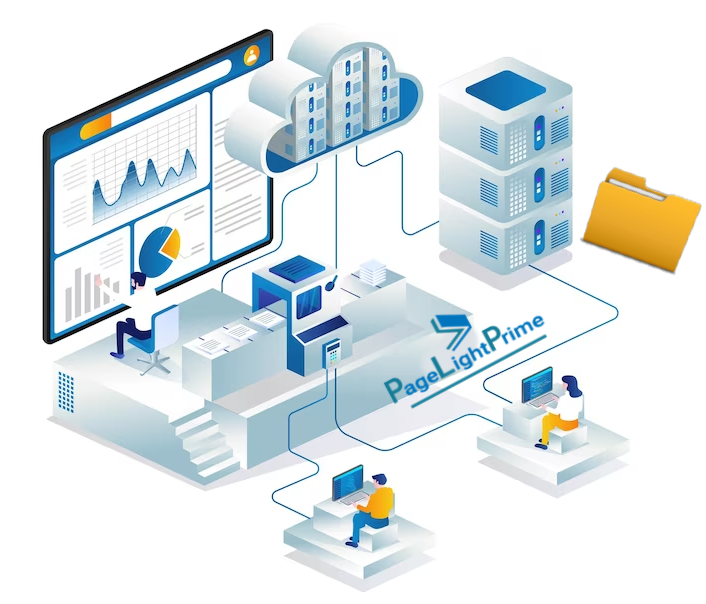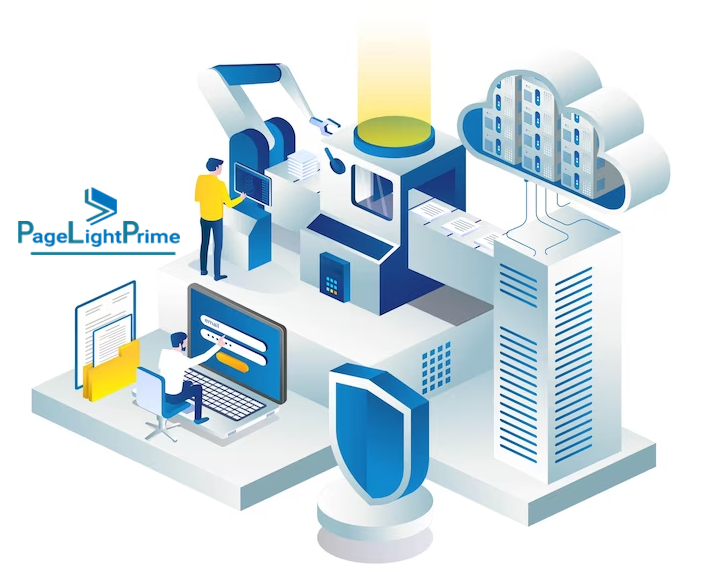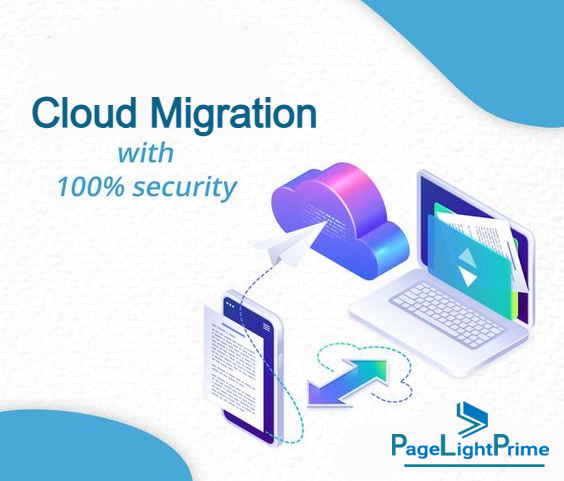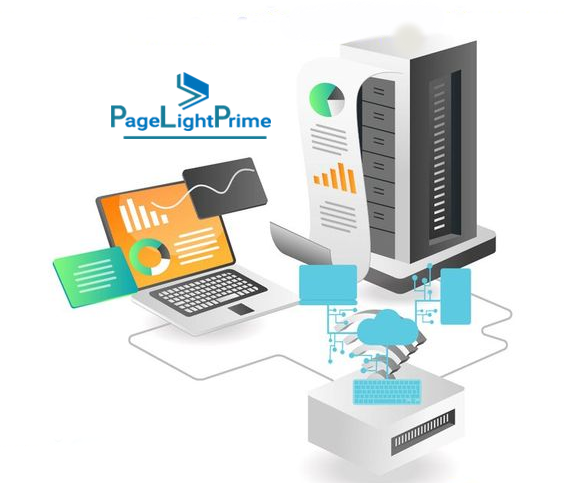Moving Legal Document Management Systems (DMS) to the Cloud: A Comprehensive Guide
The legal industry has been embracing technological advancements to streamline operations and enhance efficiency. One significant transition has been the migration of Legal Document Management Systems (DMS) to the cloud. This move offers law firms numerous benefits, including improved accessibility, security, and collaboration.

Written by Knowledge Team, posted on August 12, 2023
However, migrating a DMS to the cloud requires careful planning and execution. In this blog, we will explore what law firms should consider, provide a practical checklist, and discuss essential preparations for a successful transition.
Considerations Before Moving to the Cloud

Data Security and Compliance
One of the primary concerns for law firms is data security. Ensure that the cloud service provider follows industry-standard security protocols, encryption methods, and compliance regulations such as GDPR or HIPAA, depending on your jurisdiction and client needs.
Access and Availability
Cloud-based DMS enables remote access to documents, enhancing collaboration among legal teams. Choose a cloud provider that offers high availability and robust data backup strategies to minimize downtime.
Integration
Assess the compatibility of your existing DMS with the chosen cloud platform. Seamless integration with other applications used by the firm is crucial for efficient workflows.
Cost Analysis
Understand the pricing models of different cloud providers. Consider factors like storage, data transfer, and additional services. Choose a plan that aligns with your firm’s needs and budget.
Scalability
As your firm grows, so does your data. Opt for a cloud solution that can easily scale to accommodate increased storage and usage demands without compromising performance.
Vendor Reputation
Research and select a reputable cloud service provider with a track record of reliability, security, and excellent customer support.
Practical Checklist for Cloud Migration

Assessment of Current DMS
Conduct an in-depth evaluation of your existing DMS. Identify the types of documents stored, user roles, access permissions, and any integration points with other software.
Data Cleanup and Organization
Before migration, clean up and organize your data. Remove outdated or irrelevant files to avoid cluttering the new system.
Choose the Right Cloud Provider
Compare different cloud providers based on your firm’s requirements and priorities. Select a provider that offers the features and security standards your firm needs.
Migration Strategy
Decide whether you’ll perform a full data migration or a phased approach. Consider factors like downtime tolerance, data volume, and potential impact on daily operations.
Data Mapping and Transformation
Map your existing data structure to the cloud platform’s format. If necessary, transform data to ensure seamless integration and retrieval.
Testing
Before the actual migration, conduct thorough testing in a controlled environment. Check document access, collaboration features, and overall system performance.
User Training
Train your legal team on the new cloud based DMS. Familiarize them with the interface, features, and security measures.
Backup and Recovery Plan
Develop a robust backup and recovery strategy to ensure that data can be restored in case of any unforeseen issues during or after migration.
Preparations for a Successful Transition

Change Management
Communicate the benefits of the cloud migration to your legal team. Address any concerns and provide clear instructions on how to adapt to the new system.
Legal and Ethical Considerations
Ensure that the cloud provider adheres to legal and ethical standards concerning client confidentiality and data protection. Review contracts and terms of service thoroughly.
Data Encryption
Implement strong encryption protocols to safeguard sensitive client information while it’s in transit and at rest within the cloud.
User Access Control
Establish strict access controls based on roles and responsibilities within the firm. Limit access to confidential documents to authorized personnel only.
Contingency Plan
Develop a contingency plan to address potential issues that may arise during migration. This could include backup options, rollback plans, and communication strategies.
Communication with Clients
If necessary, inform clients about the migration process and the steps taken to protect their data. Reassure them of your commitment to data security and confidentiality.
Introducing PageLightPrime: Your Ideal Cloud DMS Parter
In the realm of cloud legal document management software, PageLightPrime stands out as a frontrunner. With a proven track record of successful migrations from competitors such as Clio, PC Law, LEAP, Cosmolex, and FileVine, PageLightPrime brings unparalleled expertise to the table. Their experience in seamlessly transferring intricate data structures, preserving document integrity, and ensuring smooth integration showcases their commitment to providing law firms with a reliable and efficient cloud-based solution. As firms consider the shift to cloud DMS, PageLightPrime’s proficiency and comprehensive approach make them a standout choice for a seamless and secure transition.

PageLightPrime not only excels in cloud legal document management but also offers a game-changing feature: document automation. This innovative functionality streamlines and accelerates the document creation process, saving law firms substantial time and effort. With PageLightPrime’s document automation, routine legal documents can be generated effortlessly by populating templates with client-specific data. This not only ensures accuracy and consistency but also allows legal professionals to focus more on strategic tasks that require their expertise. As law firms strive for increased efficiency and productivity, PageLightPrime’s document automation feature emerges as a transformative tool, further solidifying their position as an industry leader in cloud legal document management solutions.
Leveraging the Cloud for Enhanced Legal Document Management
In conclusion, moving a Legal Document Management System to the cloud offers numerous advantages, but it requires careful planning and execution. Law firms should consider aspects such as data security, accessibility, integration, and cost when choosing a cloud provider. A practical checklist encompassing assessment, data cleanup, testing, and user training is crucial for a successful migration. Additionally, thorough preparations, change management, and compliance with legal and ethical standards contribute to a seamless transition. With the right approach, law firms can leverage cloud technology to enhance their document management processes and overall efficiency.
